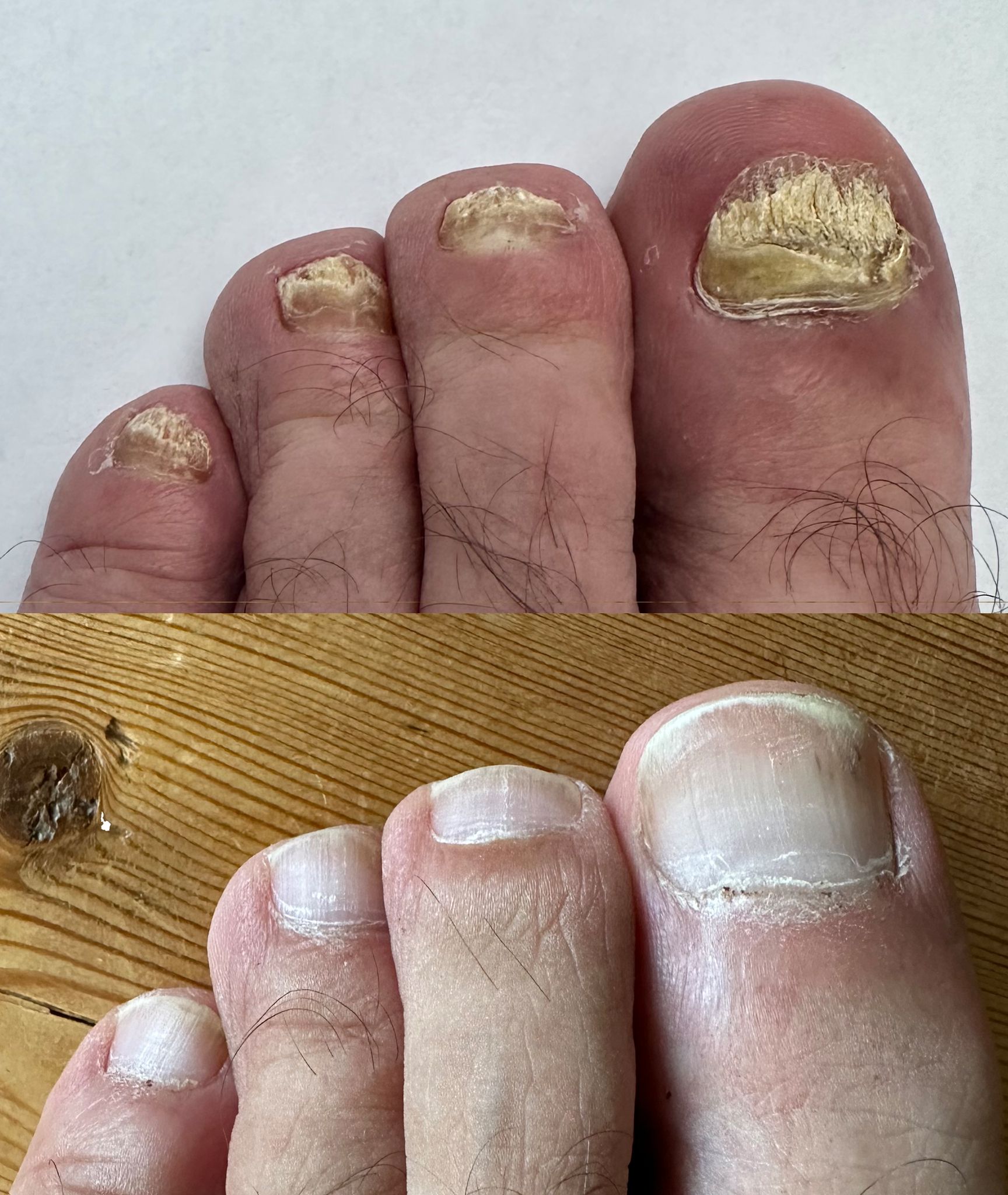
Experience we create
new things everyday
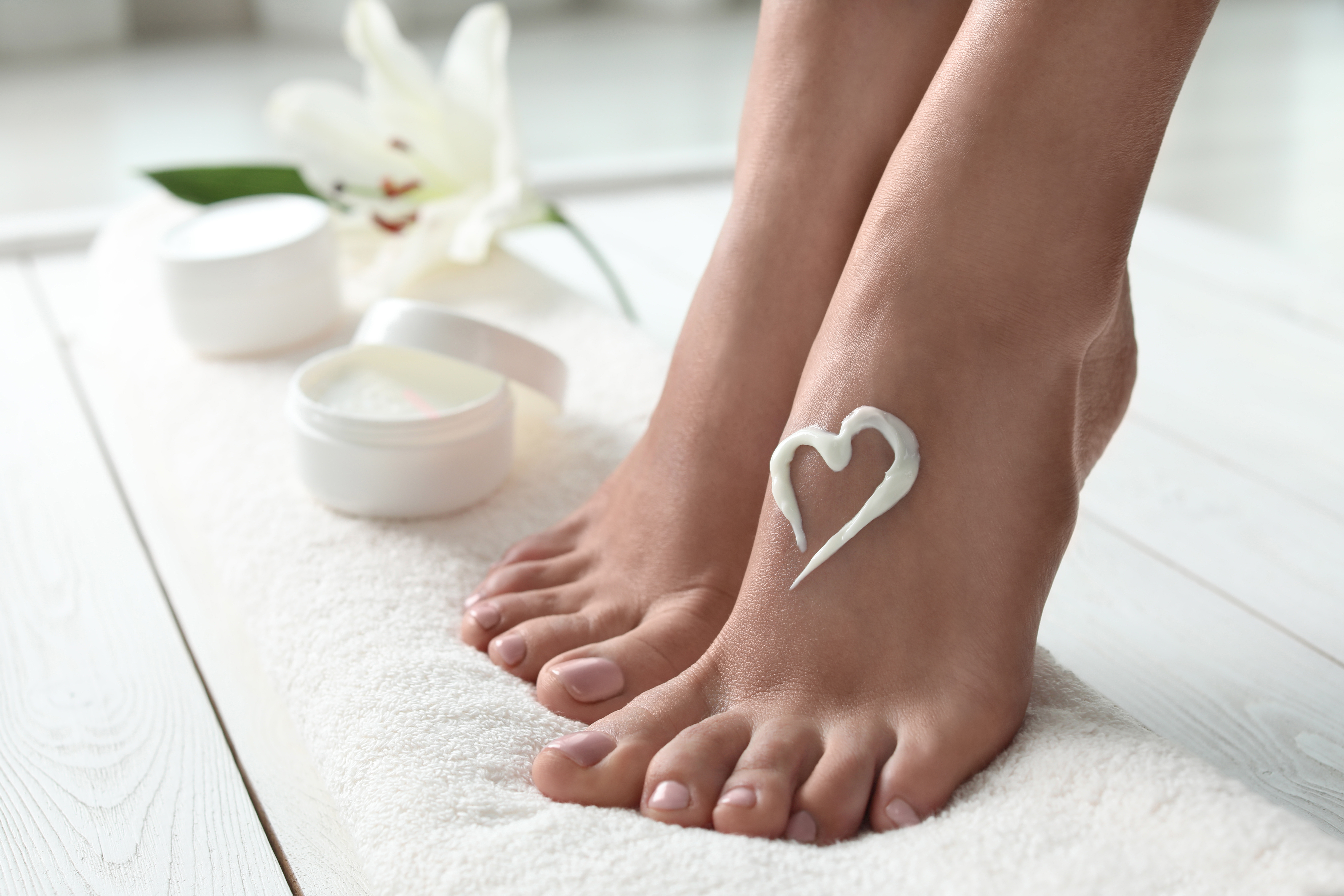
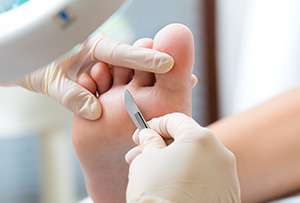
Our Foot Health
Services
Comfortable feet contribute to your overall sense of well-being. When your feet are healthy, you're more likely to feel comfortable throughout the day and be able to engage in activities without pain or discomfort.

Our Foot Health Services
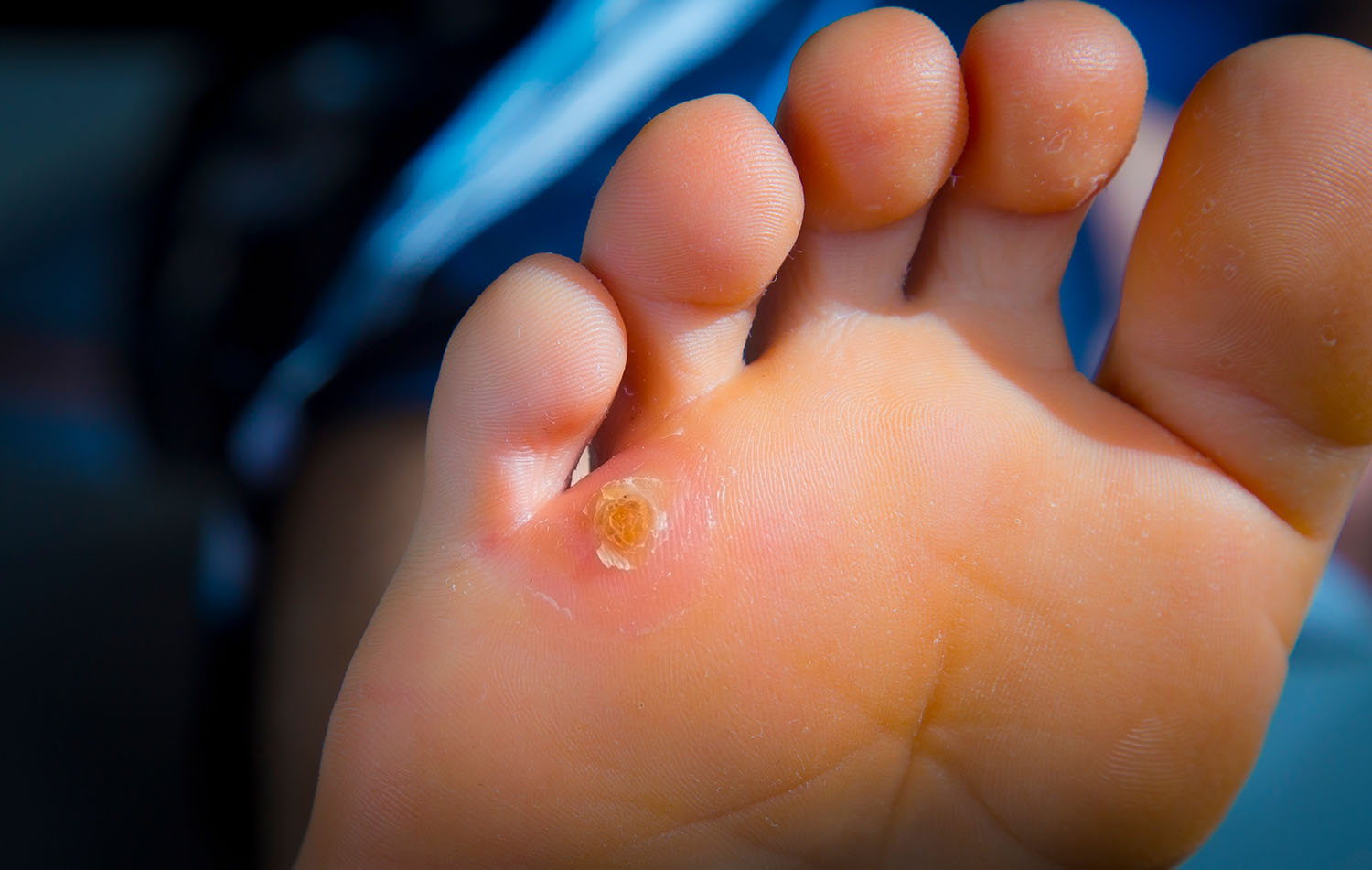
Corns
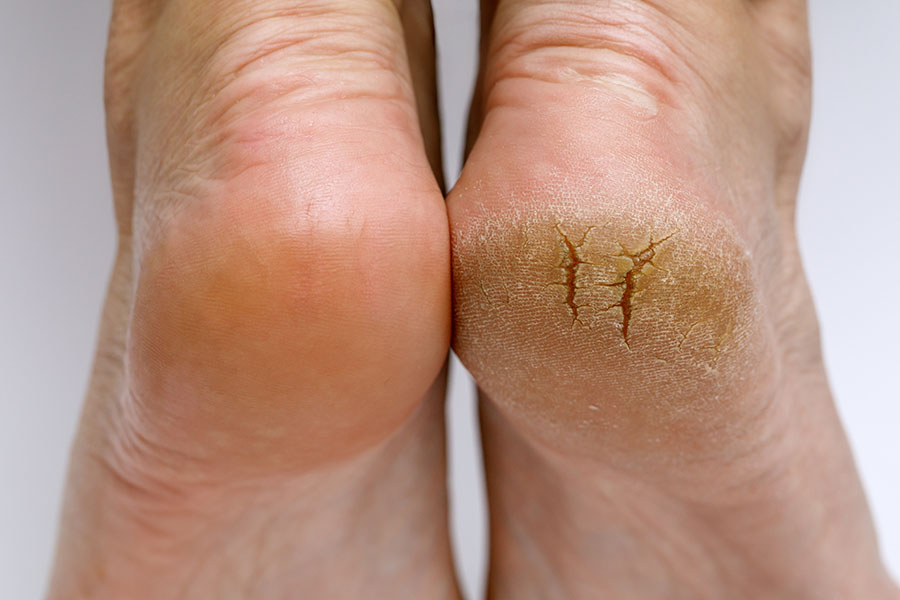
Cracked Heels
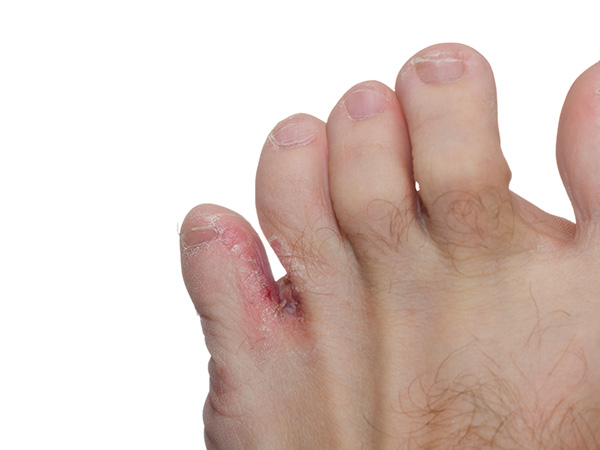
Athletes Foot
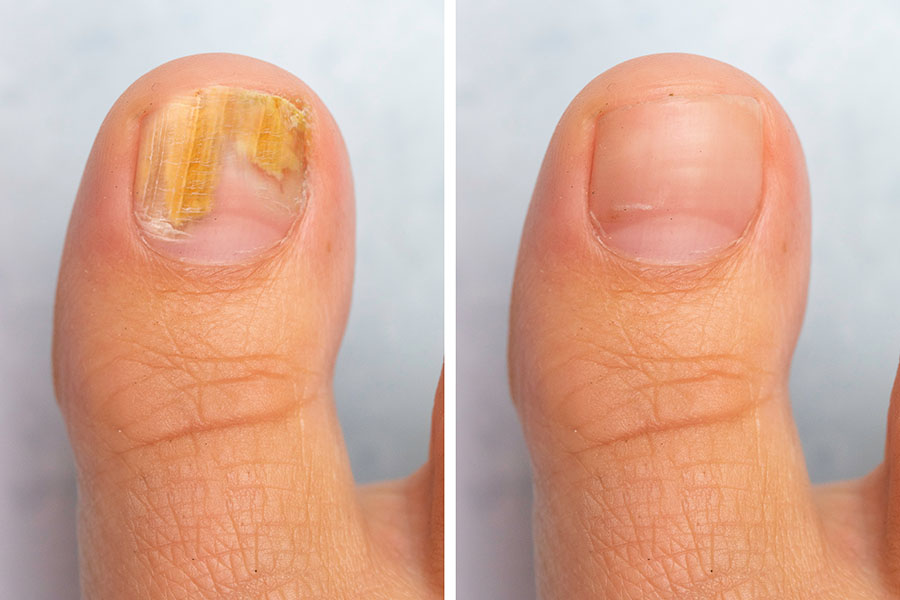
Fungal Nails
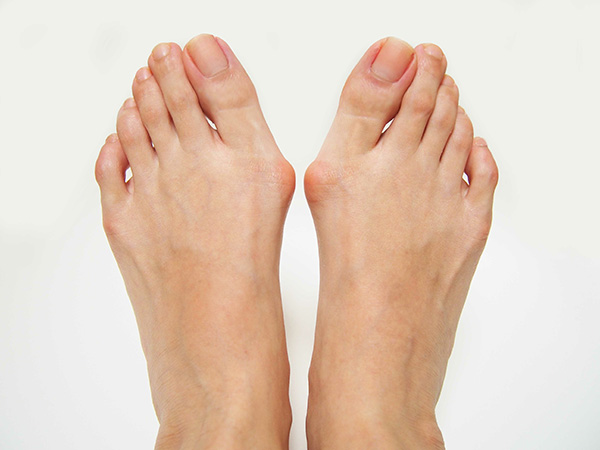
Bunions
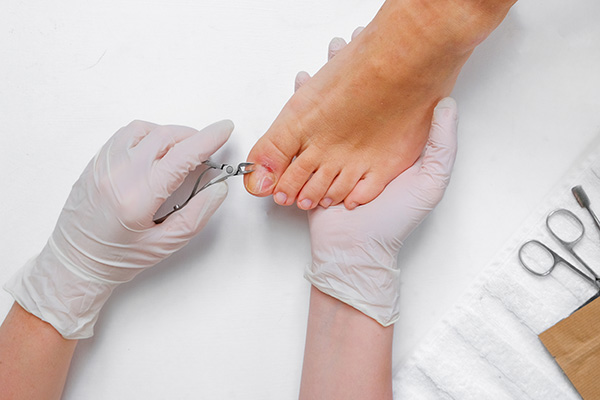
In-growing Toenails
Verruca Treatment
Verrucas are warts on the soles of your feet. They may have tiny black dots in the centre – these are blood clots that have formed in tiny blood vessels. They may be painful, especially when you put weight on them. Sometimes, if you have clusters of verrucas, they can fuse together. These are called mosaic warts.
We can advise on treatments available and pare the verruca for more for comfort. We have some great home treatments for you to try.
Neurovascular Assessment
There are a large amount of blood vessels and nerves located in the feet. It is for this reason that neurovascular foot assessments are an important part of keeping your feet healthy. This is especially the case for those with diabetes or those that have a history of peripheral vascular diseases.
The neurovascular assessment of the extremities is performed to evaluate sensory and motor function (“neuro”) and peripheral circulation (“vascular”). The components of the neurovascular assessment include pulses, capillary refill, skin color, temperature, sensation, and motor function.
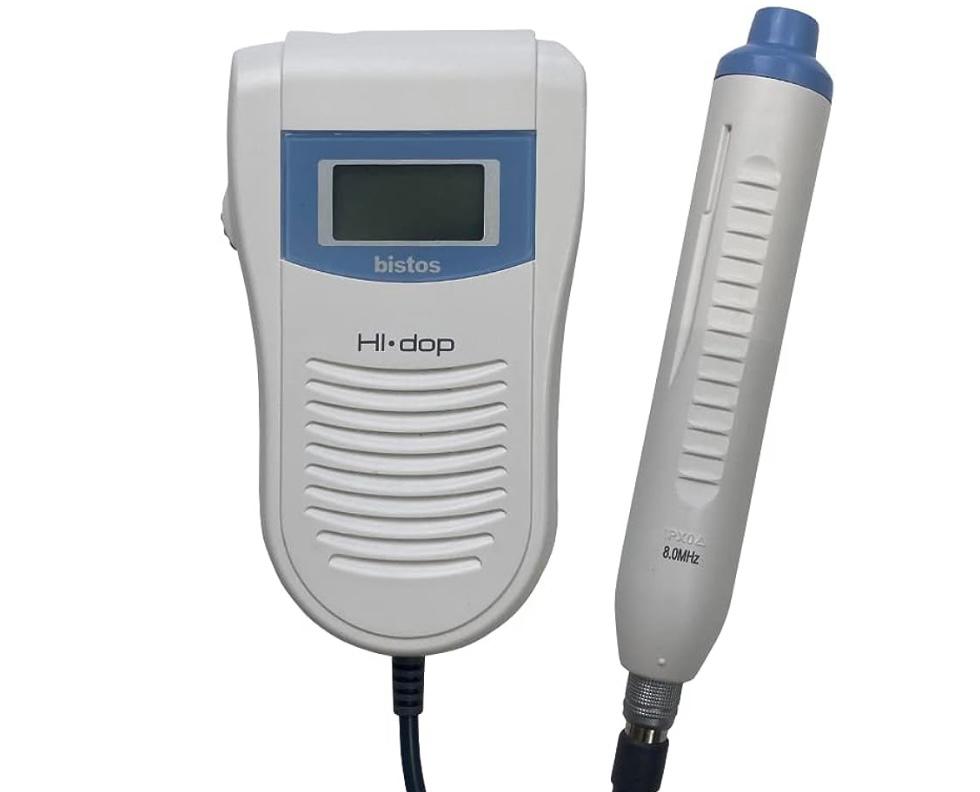
When we perform a Neurovascular health check, we're not just checking the feet. We are also assessing the health of the circulation system. We can detect blockages, calcification, hardening of the arteries and arrhythmia. These issues can be asymptomatic for a long time, getting worse over time or leading to stroke/heart attack or loss of limbs.
We also check the nervous system and can detect nerve damage which could be caused by underlying health conditions which could be addressed if discovered. Causes for peripheral neuropathy could be toxicity caused by diabetes, alcohol, medication or it could be through trauma, inflammation, lack of vitamin B12 or some genetic disorders.
It Is a quick process and we carry out a Neurovascular Assessment for all patients, writing to the GP if anything needs investigating further.
What our customers say
